OPS & TRAINING
INTEGRATED AIR-LAND STRIKE AT EXERCISE WALLABY
11 Oct 2023
Integrated live firing from the air and ground, including the first firing of the Belrex Mortar at Shoalwater Bay Training Area, are all part of the SAF's biggest annual training in the land down under.
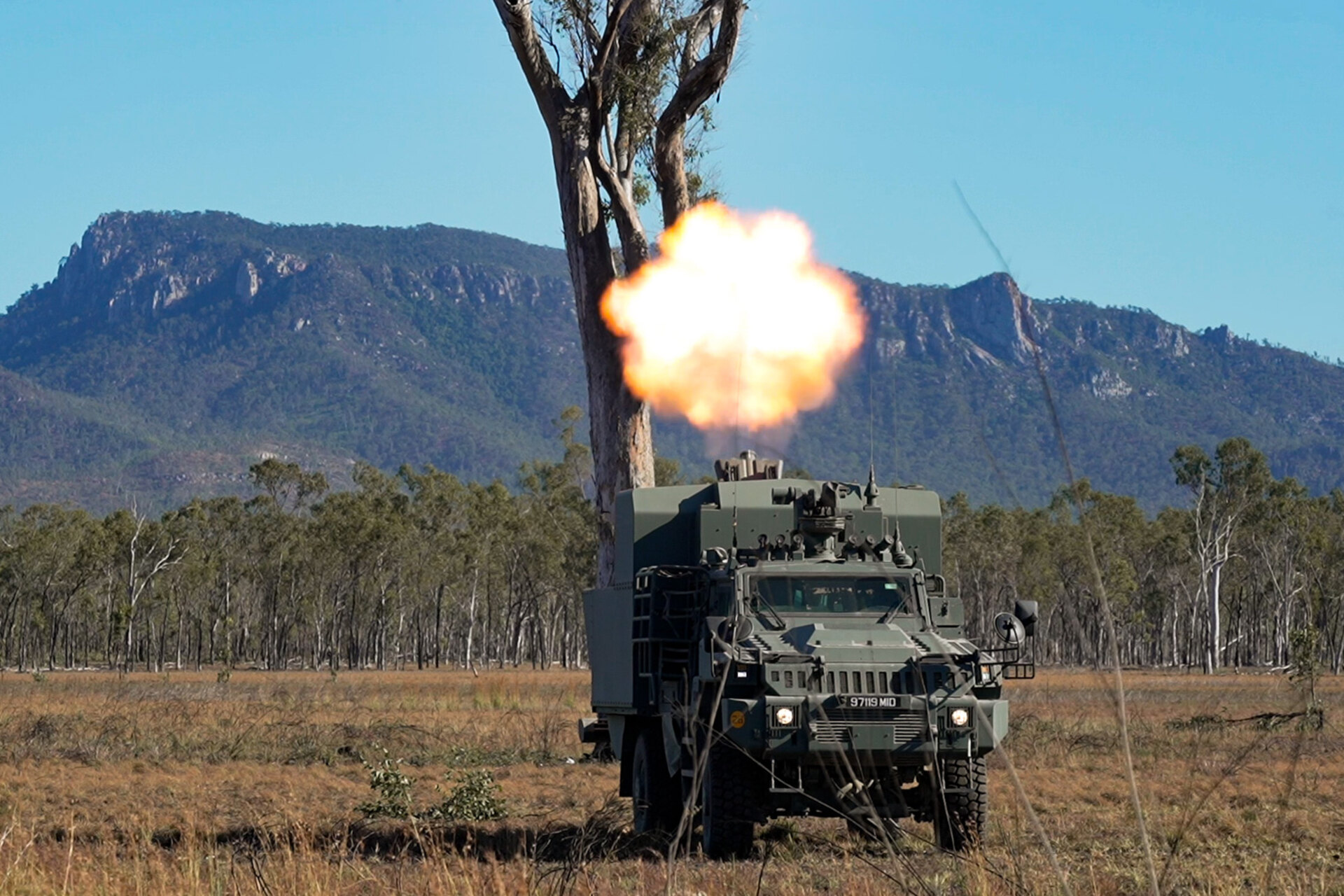

A troop of Terrex Infantry Carrier Vehicles (ICVs) are on the prowl. Breaking off as they advance, they probe for weak points in the enemy's defence.
Under a cover of foliage, the Army's STrike ObserveR (STORM) team identifies the enemy grounds and call for firepower from the skies.
In a matter of moments, the air force's AH-64D Apache helicopters swoop in low to drop rockets and gun rounds on the enemy. They are followed closely by the F-16+ fighter jets.
Not far off, the Belrex Protected Combat Support Vehicle (PCSV) Mortar continues to rain fire, wiping out the enemy. This is its first live firing at the Shoalwater Bay Training Area (SWBTA).
All this is no war video game – but a real integrated live-firing mission conducted at Exercise Wallaby (XWB).
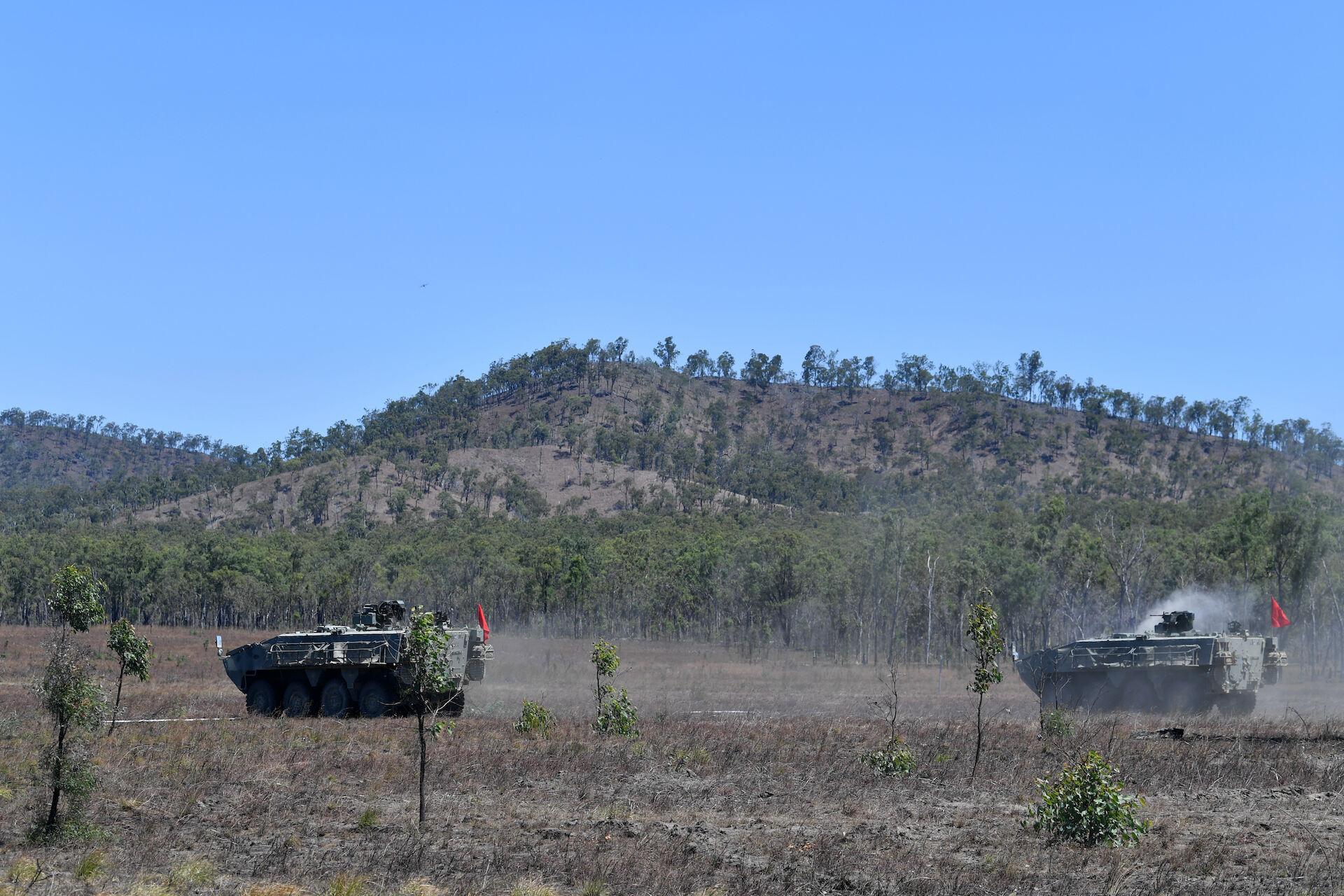

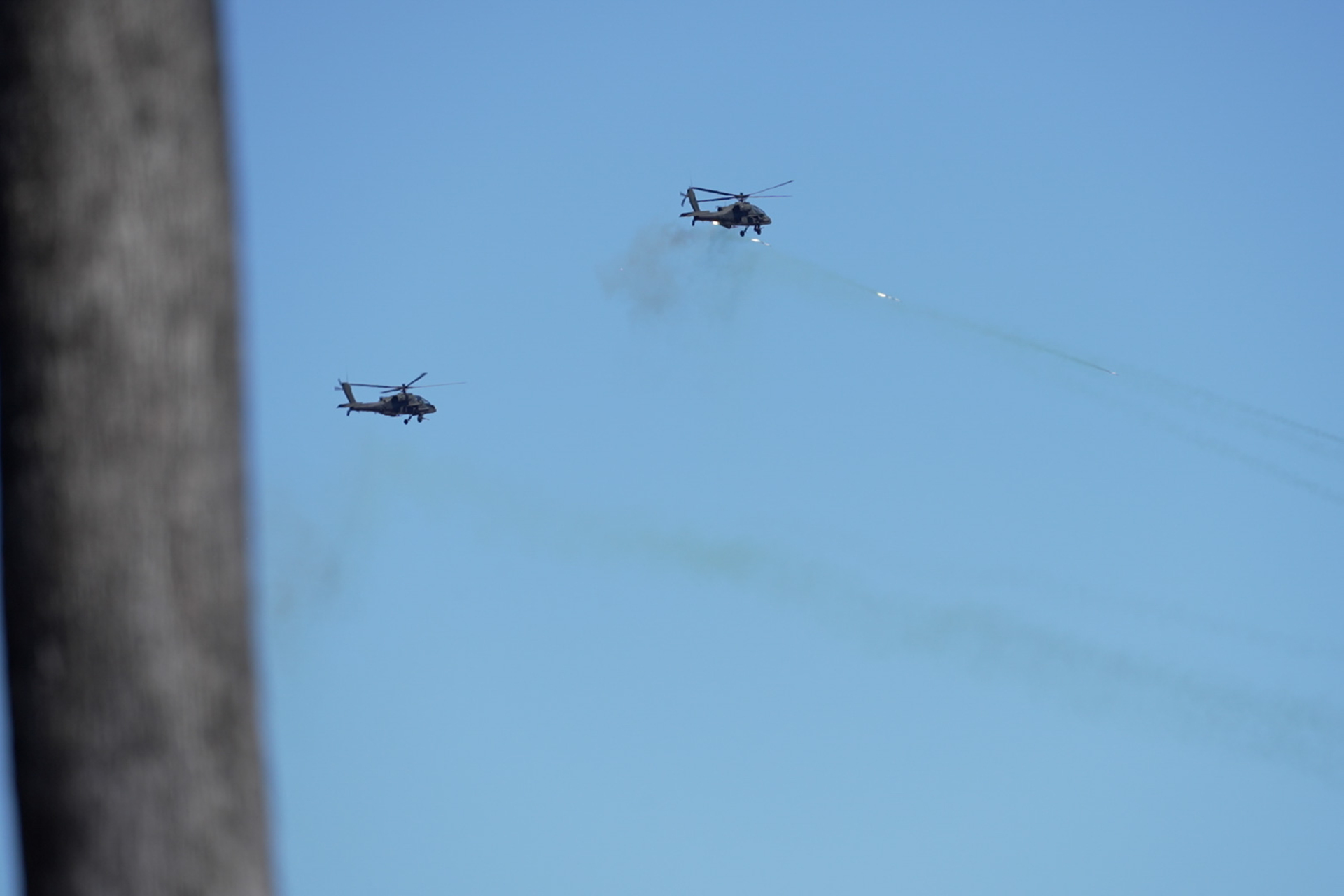
Held in SWBTA in Queensland, Australia from 7 Sep to 15 Oct over two training frames, XWB is the Singapore Armed Forces' (SAF's) largest unilateral overseas exercise.
This year's edition involves about 4,300 personnel and some 450 platforms from the Singapore Army, Republic of Singapore Navy (RSN) and Republic of Singapore Air Force (RSAF) – the largest numbers since 2016.
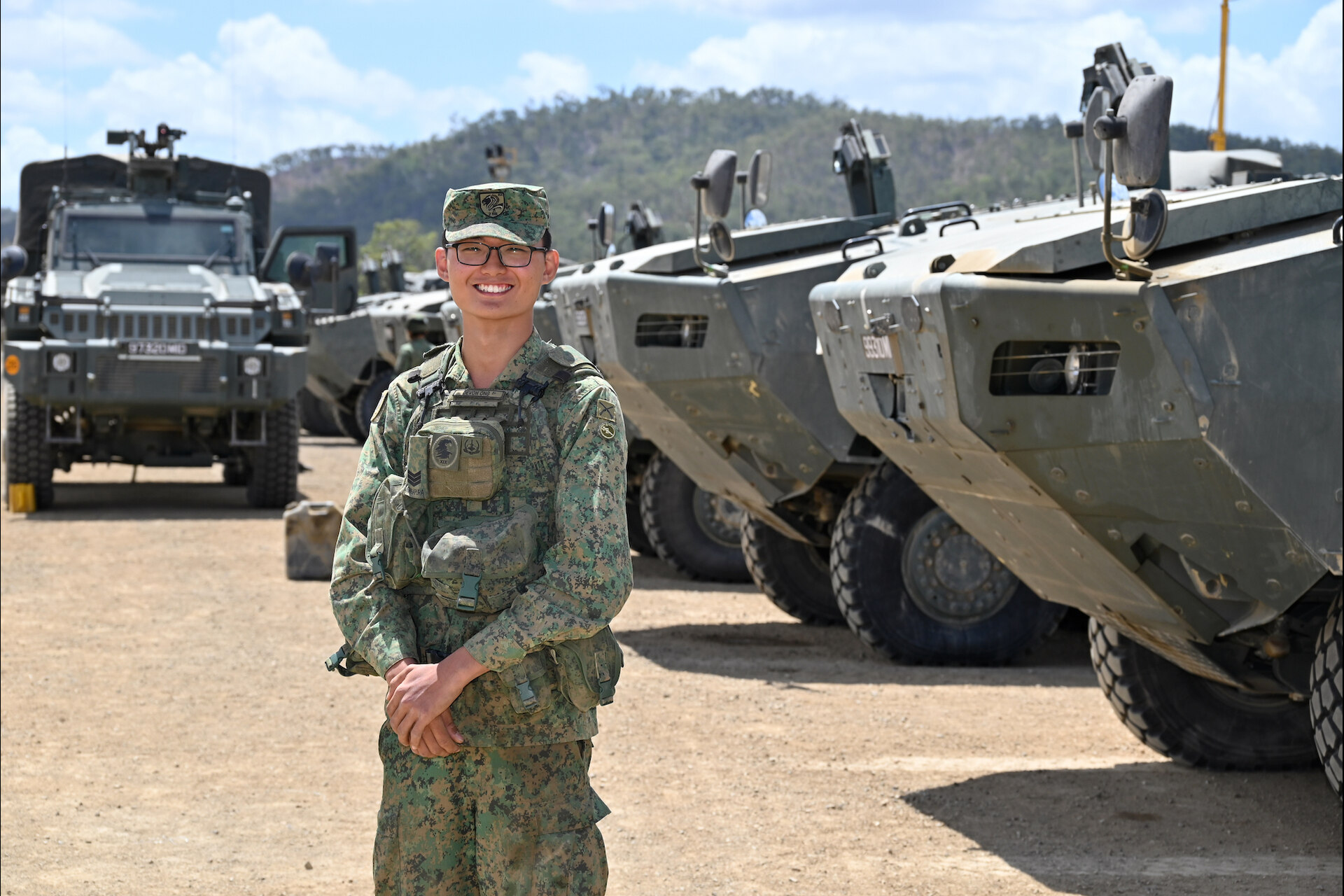
It is the first air-land integrated live firing with the motorised battalion since 2012 – making it more meaningful for soldiers like Terrex ICV Vehicle Commander, 3rd Sergeant (3SG) Devon Ong.
"The first thing that comes to mind is that it's pretty cool to be here with my unit, in full strength," said the Full-Time National Serviceman (NSF), who has been training with 2nd Battalion, Singapore Infantry Regiment (2 SIR) over different phases for the exercise.
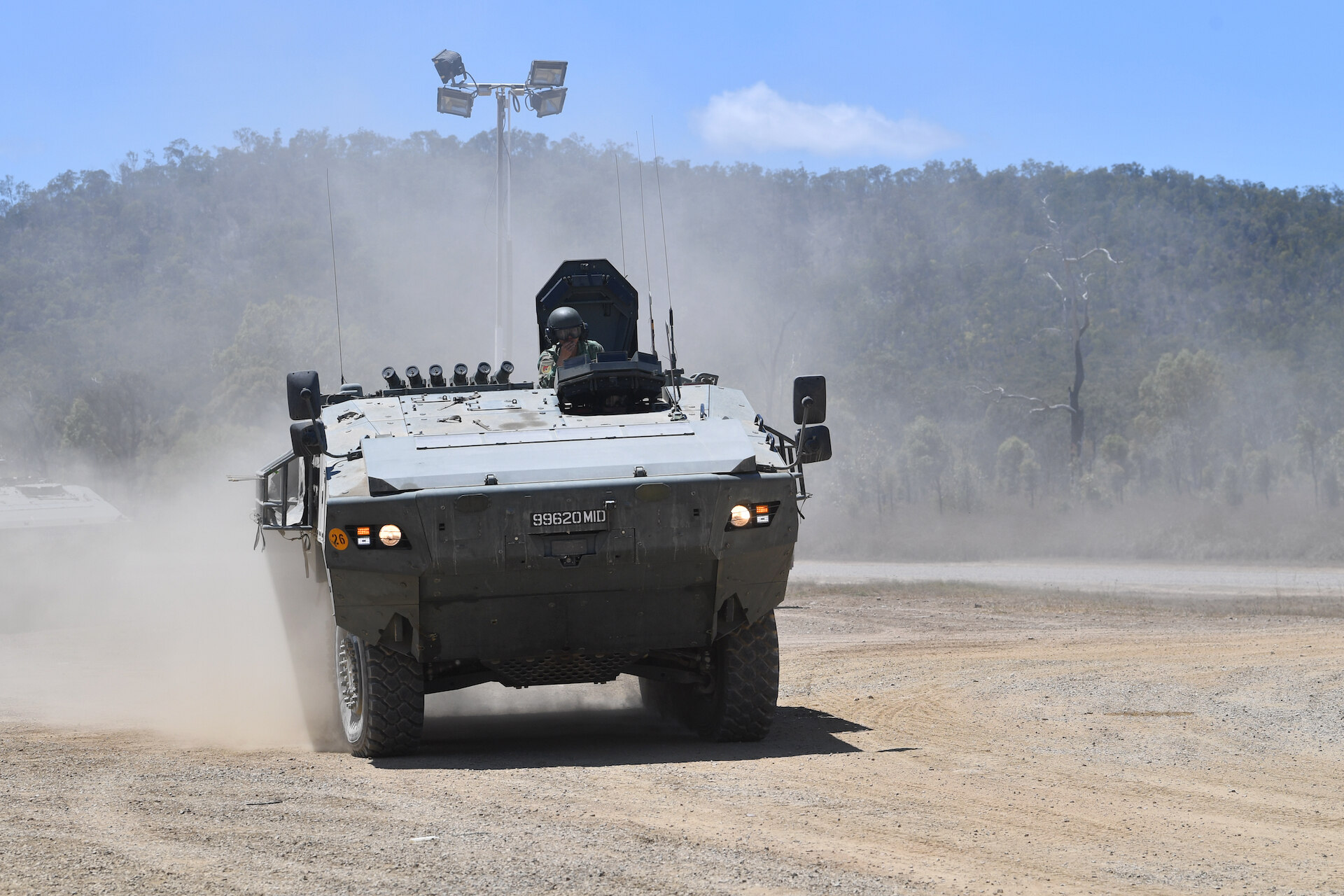
Due to space constraints back home, live firing on the Terrex ICV is done in a static position, with the vehicle making its way to a fixed point to fire.
"But over here with such a large plot of land, we're able to travel over tens of kilometres before we engage the enemy and fire on the move at different targets," said the 20-year-old.
He also saw the firing of the Terrex-mounted 40mm Automatic Grenade Launcher for the first time at XWB.
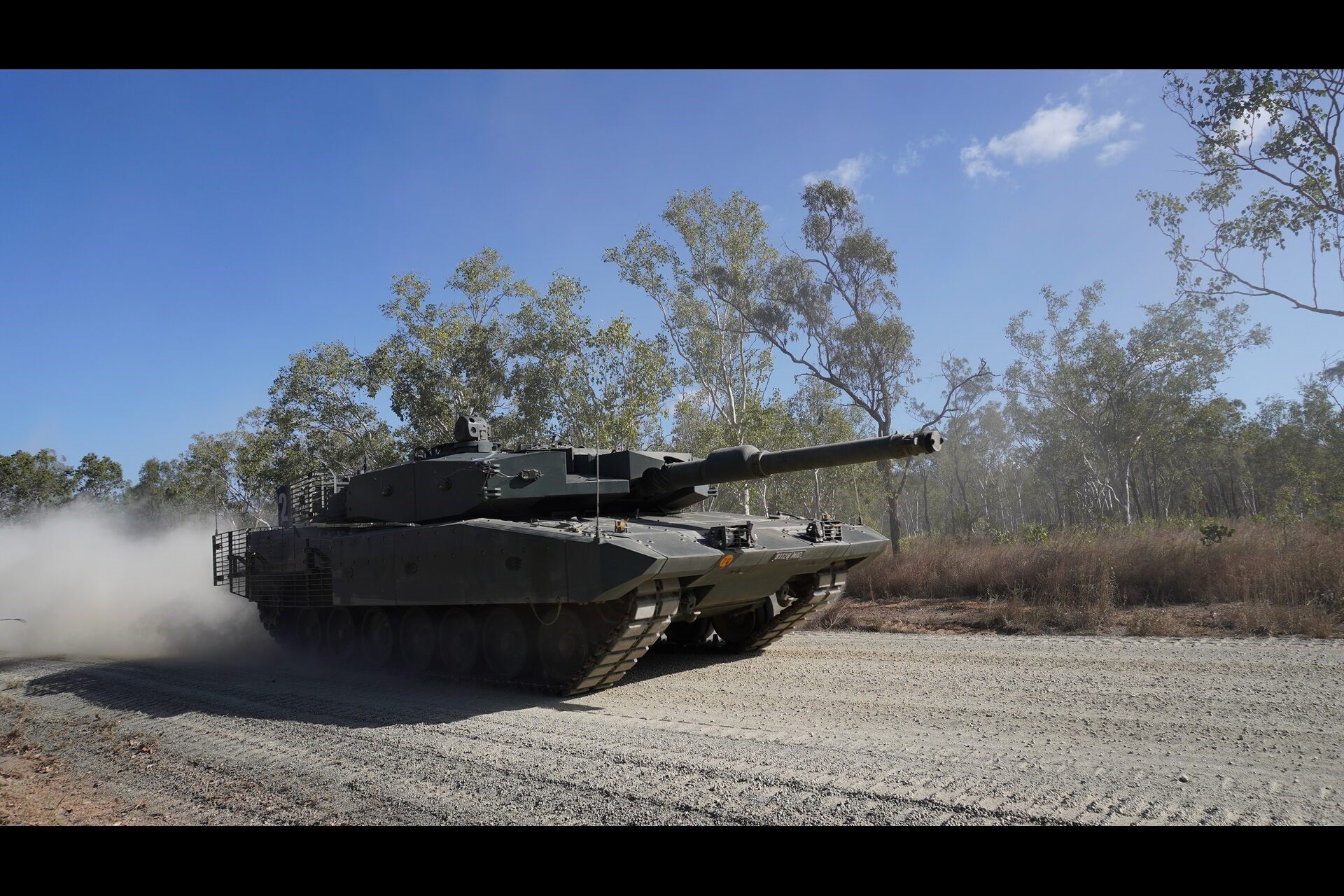
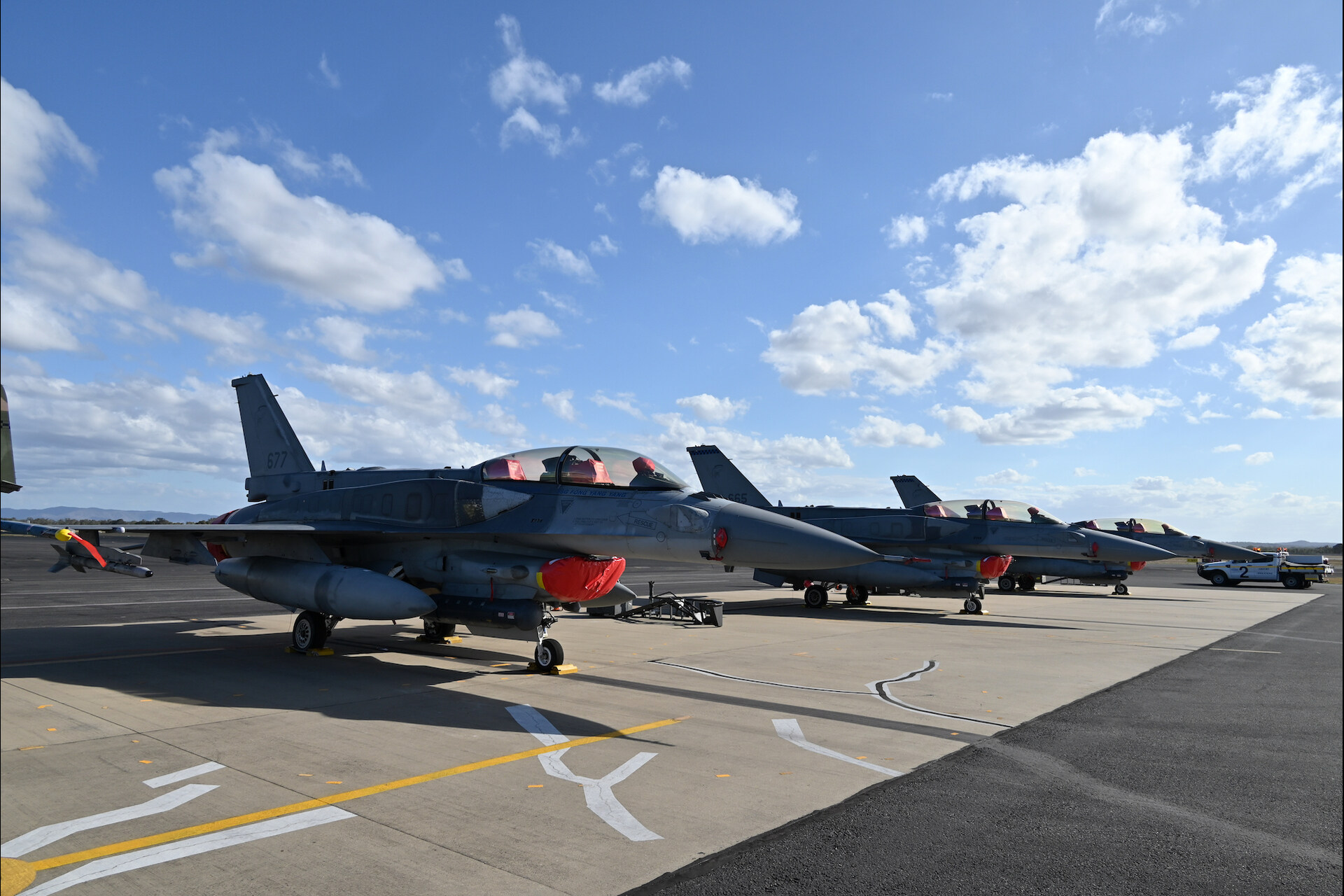
The coordinated air-land strike shows the confidence the Army has in the RSAF to call on them for air support, said Deputy Chief Planner for the F-16 fighter jets, Major (MAJ) Hew Yin Hou, 35.
"The Army works very closely and intimately with the fighters in the missions conducted in XWB. When we are airborne, they can always call upon us when the firepower is needed," said the F-16D+ Weapon Systems Officer.
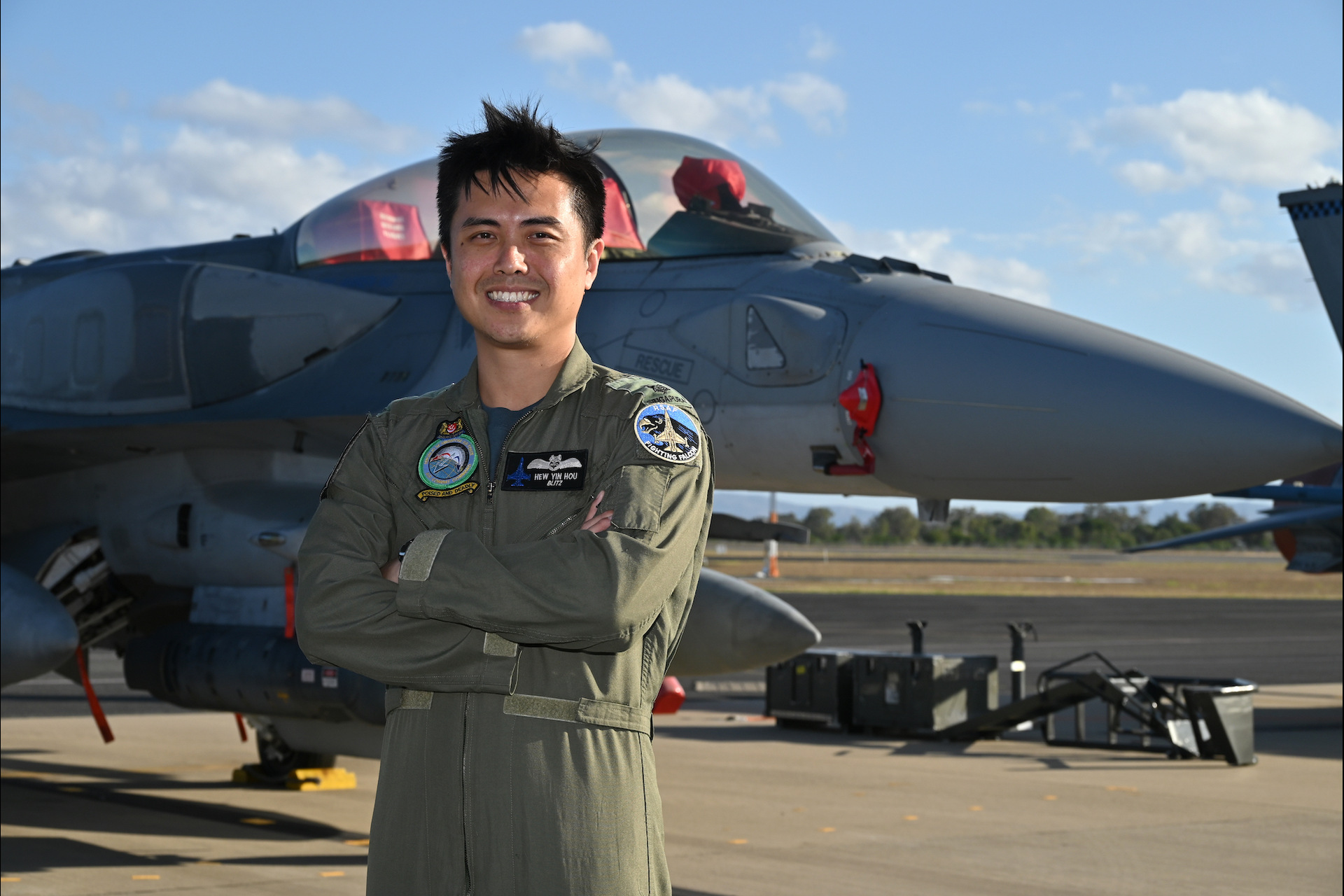
His role is to plan the fighter jets' strikes with the Apache helicopters and the motorised battalion, to help the Army achieve their objectives. As live rounds are fired, planning to precise timings is critical to ensure there are no assets entering the danger zone.
"This (training) cannot be replicated in Singapore... so the access to range and terrains we have in SWBTA really allows the pilots to hone our competencies," he said.
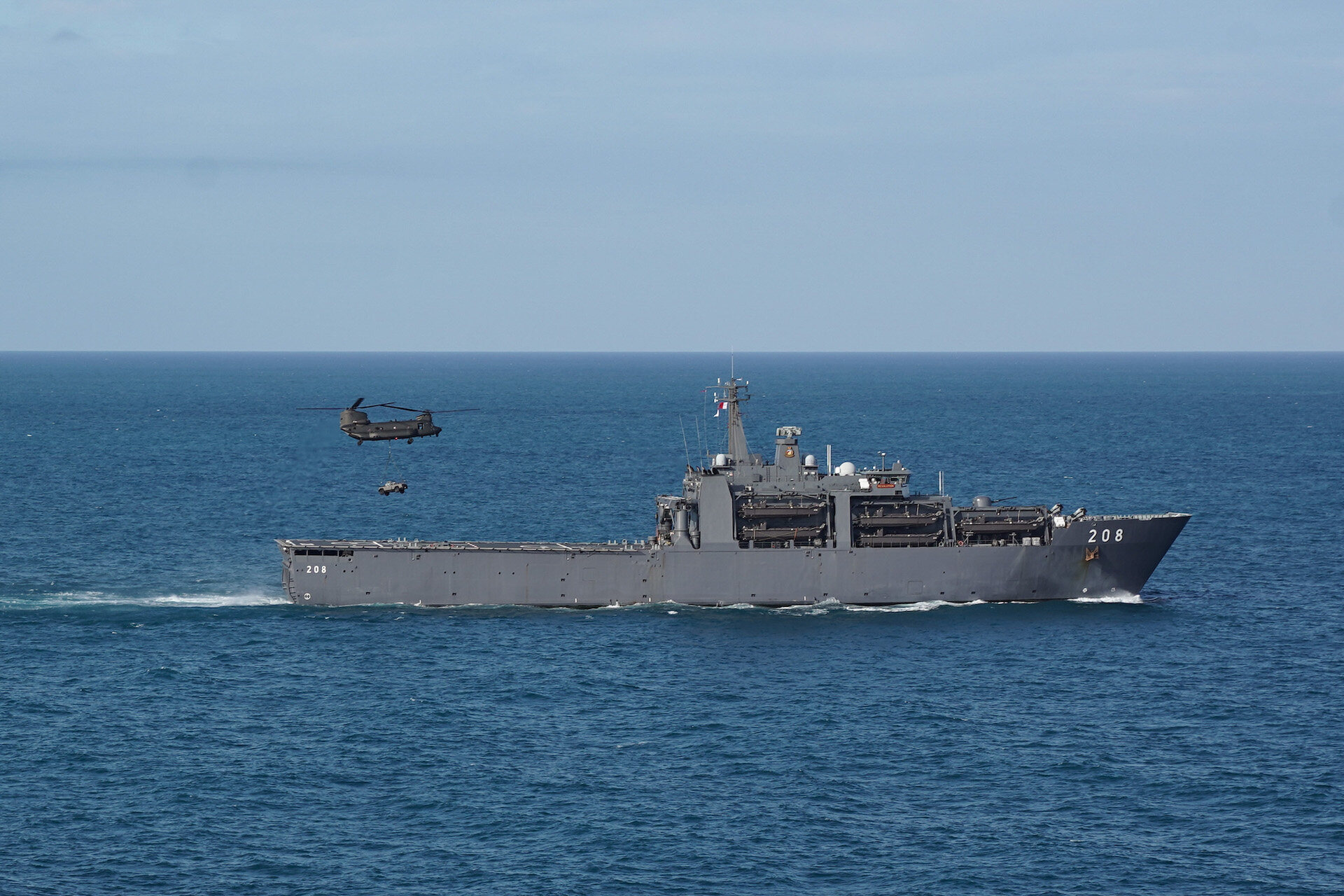
The SAF also conducted an air-land-sea integrated exercise, including a vertical replenishment operation (the transferring of cargo to or from a ship using helicopters).
This saw the RSAF's CH-47F Chinook transporting a land rover from the RSN's RSS Resolution into the "battlefield".
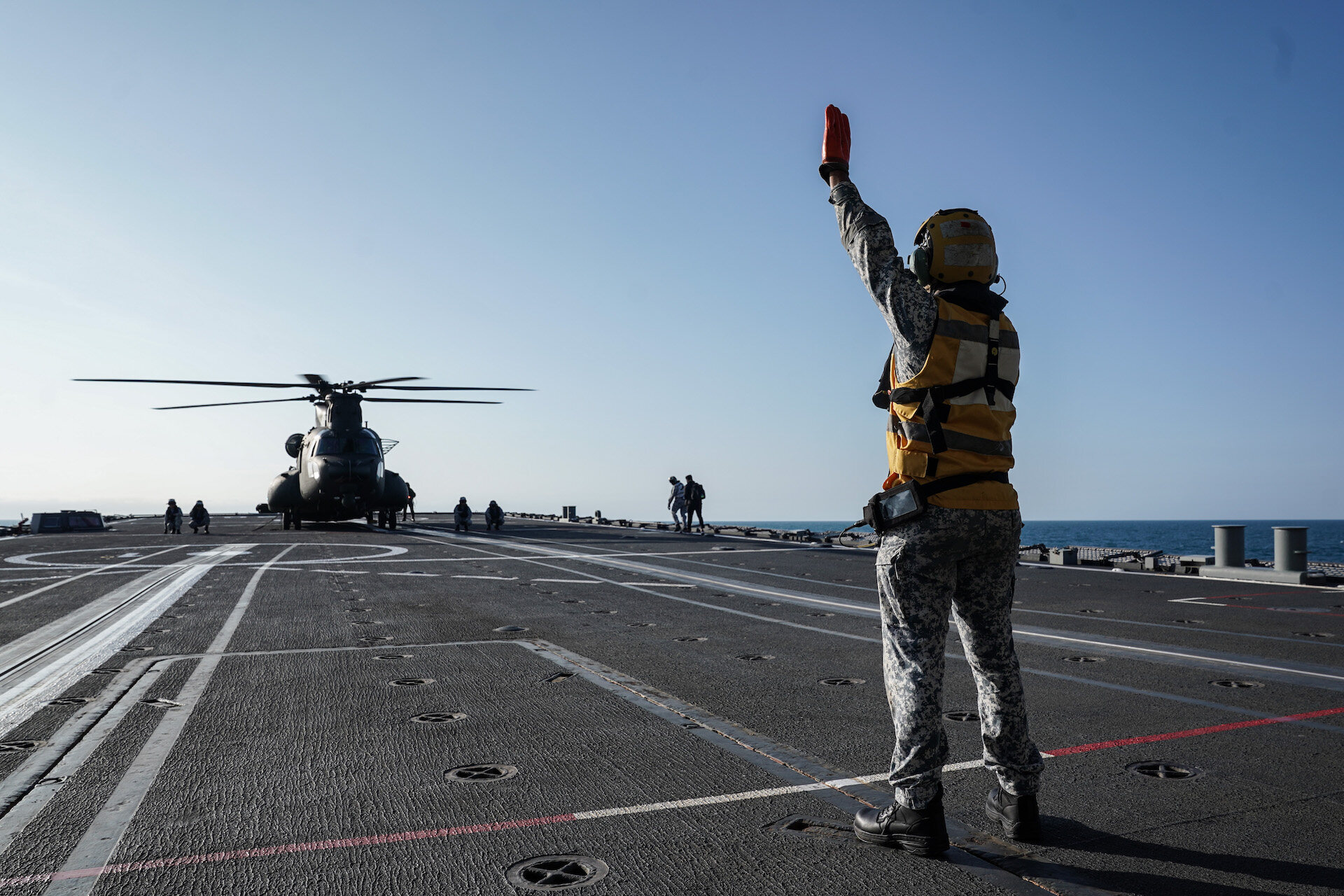
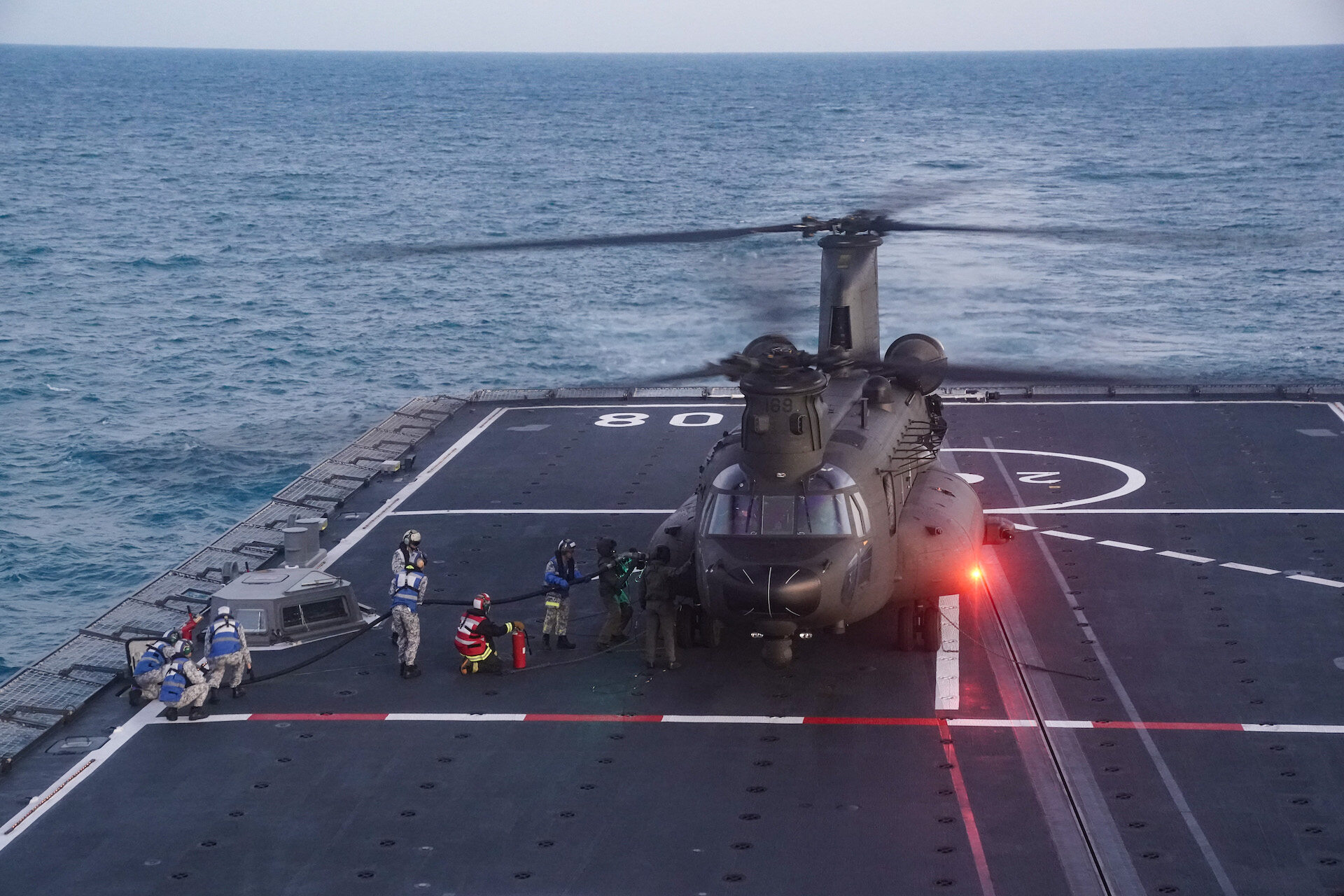
The Army and RSAF also honed their resupply capabilities through airdrop operations, conducting airdrops almost every day – sometimes up to three drops a day – over six weeks at XWB.
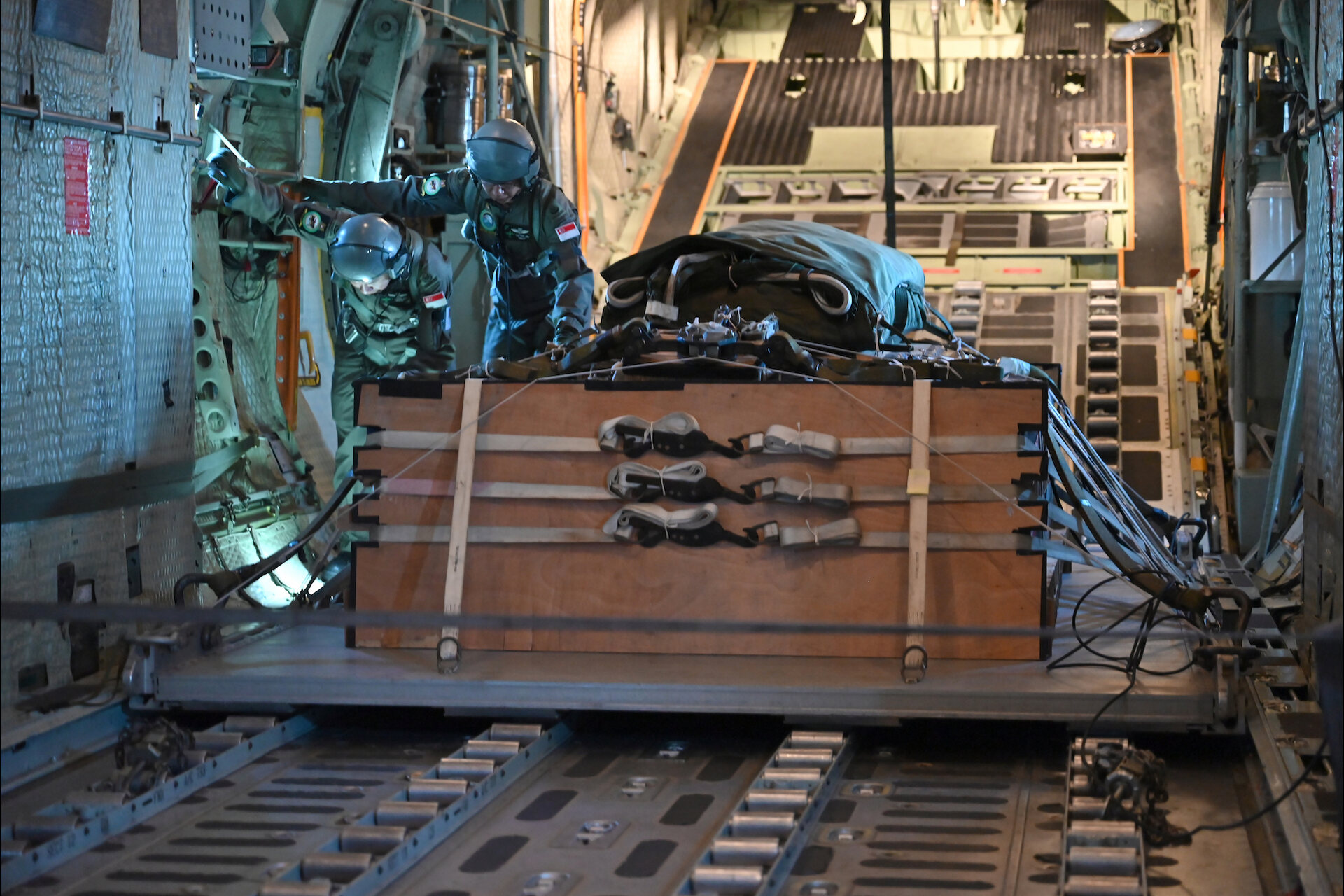
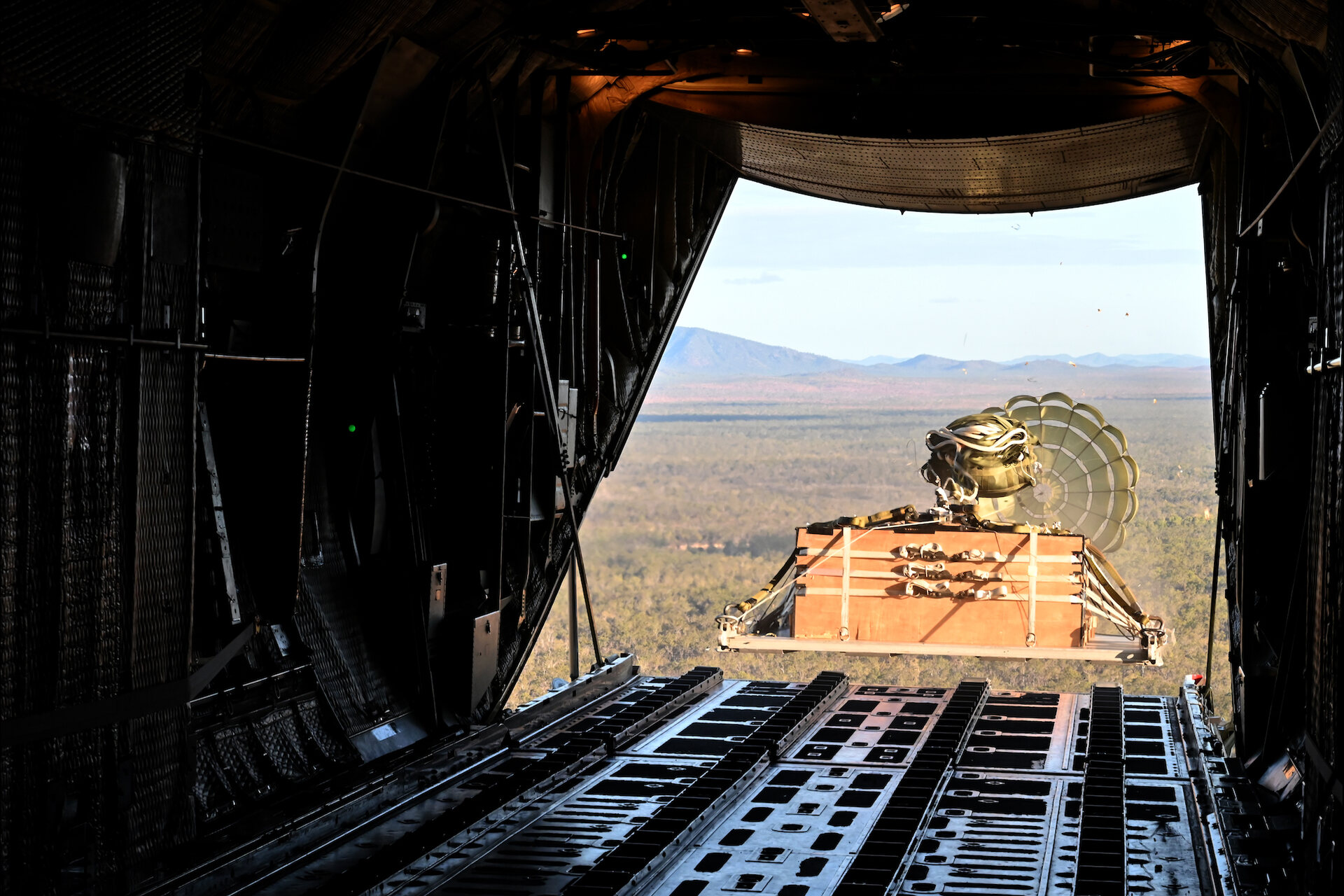
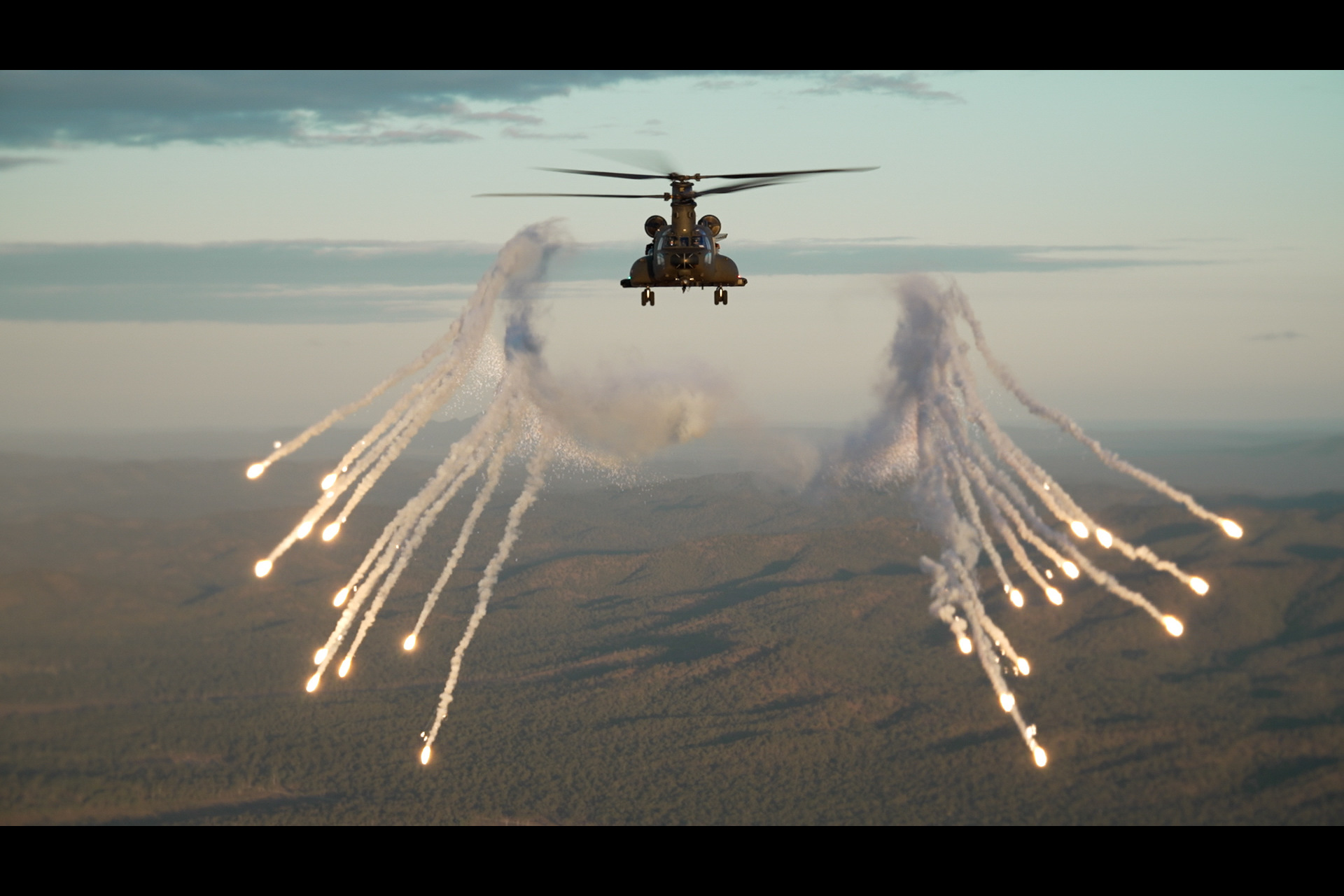
Senior Minister of State for Defence Zaqy Mohamad witnessed the integrated air-land live firing on 11 Oct and interacted with exercise participants.
Speaking to the media the end of his visit, he thanked Australia for their strong support of the SAF's training in SWBTA over the last 33 years.
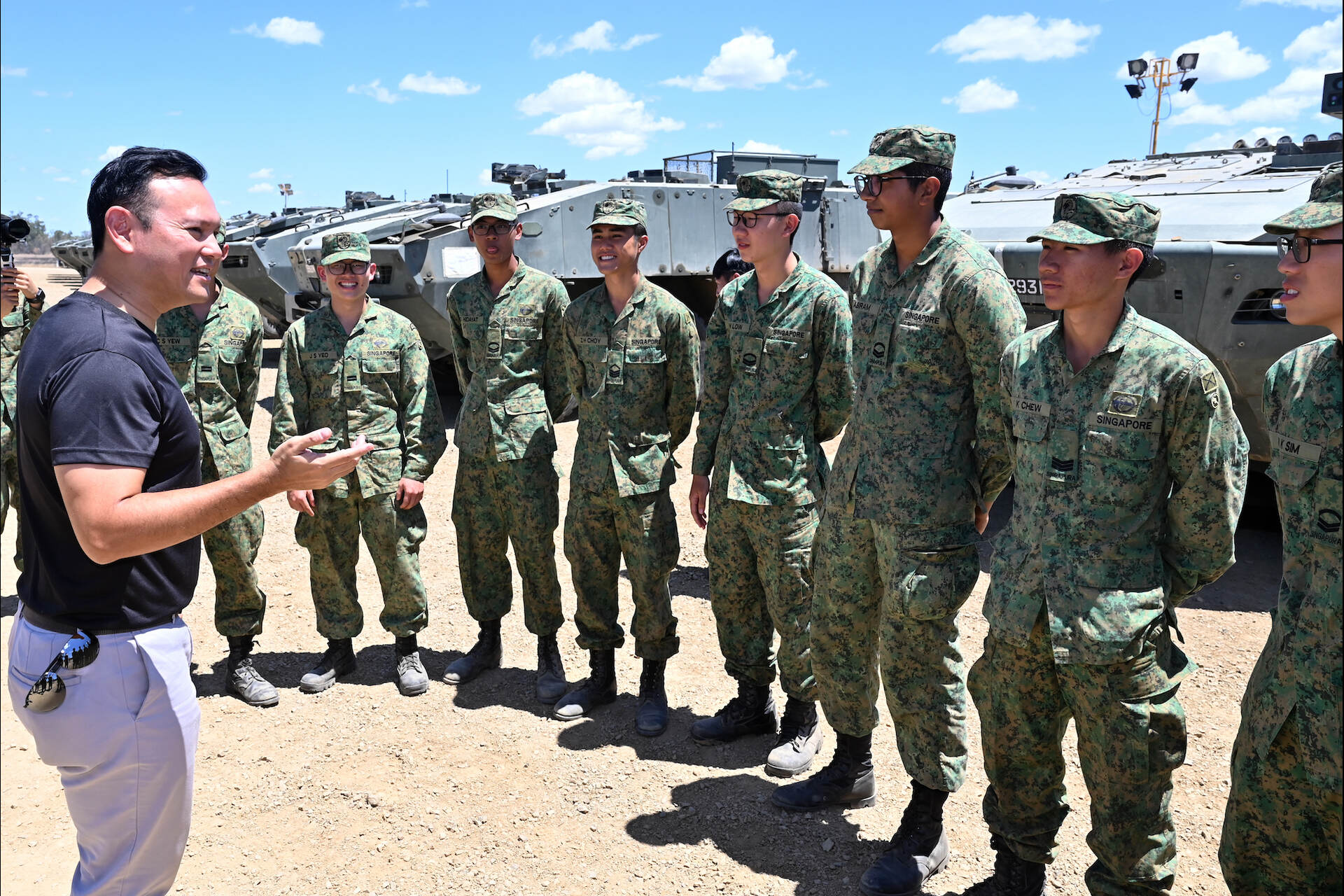
He added that the development of the expanded training area is on track for completion next year.
"This development will allow the SAF to conduct more large-scale integrated exercises in an urban environment, and enable our personnel, including NSFs and NSmen (Operationally Ready National Servicemen), to enhance the value of their training at SWBTA."
ALSO READ IN OPS & TRAINING

Exercise Wallaby 2025: To see better, shoot faster
31 Oct 2025
The SAF focuses on complex strike missions and multi-domain integration in Exercise Wallaby 2025, the 35th edition of its largest unilateral overseas exercise.

Ex Wallaby 25 – Greater Integration and Complexity
25 Oct 2025
The 35th edition of the SAF’s largest unilateral overseas exercise is an opportunity for expanded scale and deeper integration towards an effective, networked fighting force.

Ex Forging Sabre ramps up use of unmanned assets in integrated strike operations
12 Sep 2025
In this 10th edition of Exercise Forging Sabre, the SAF sharpened its cutting edge for the dynamic modern battlefield, with expanded integration between manned and unmanned platforms.


